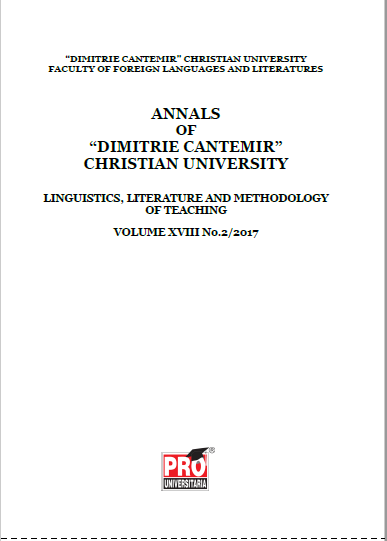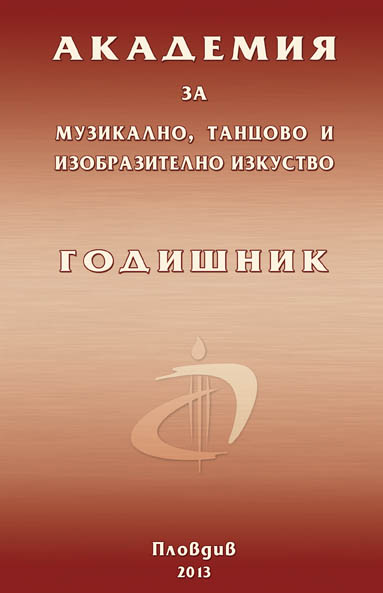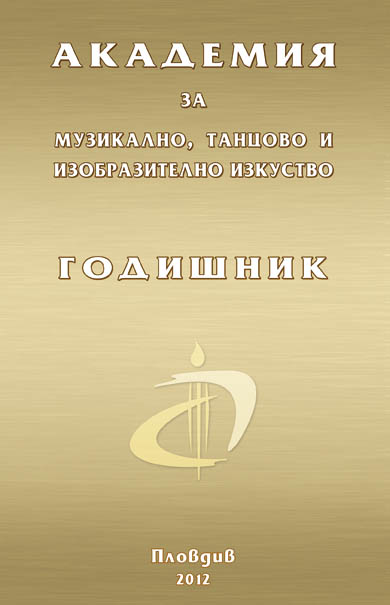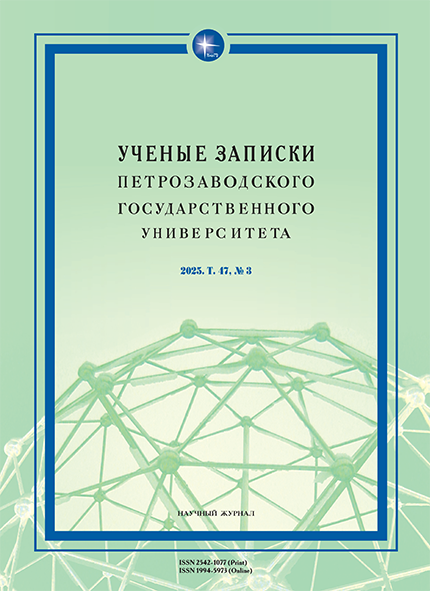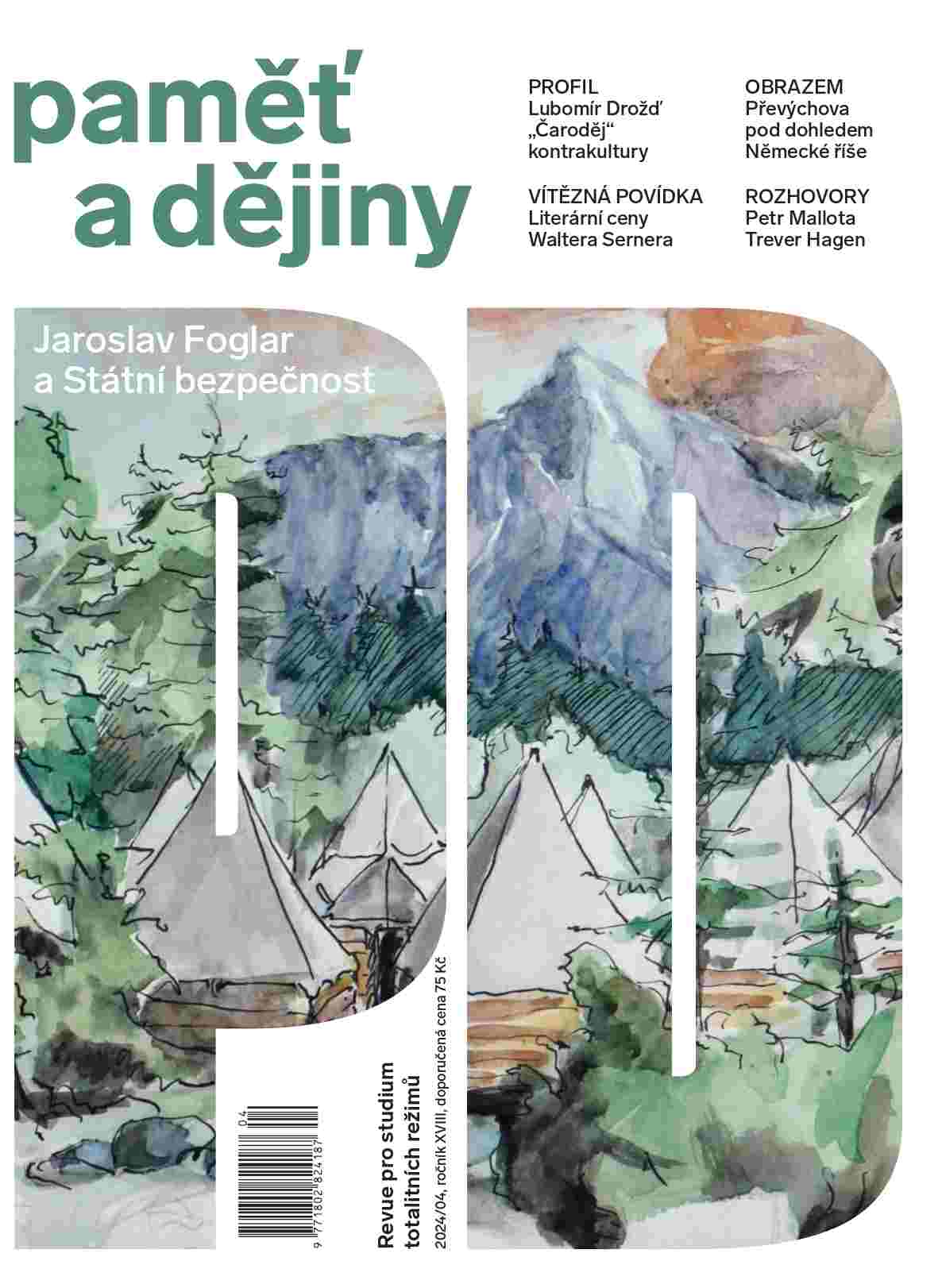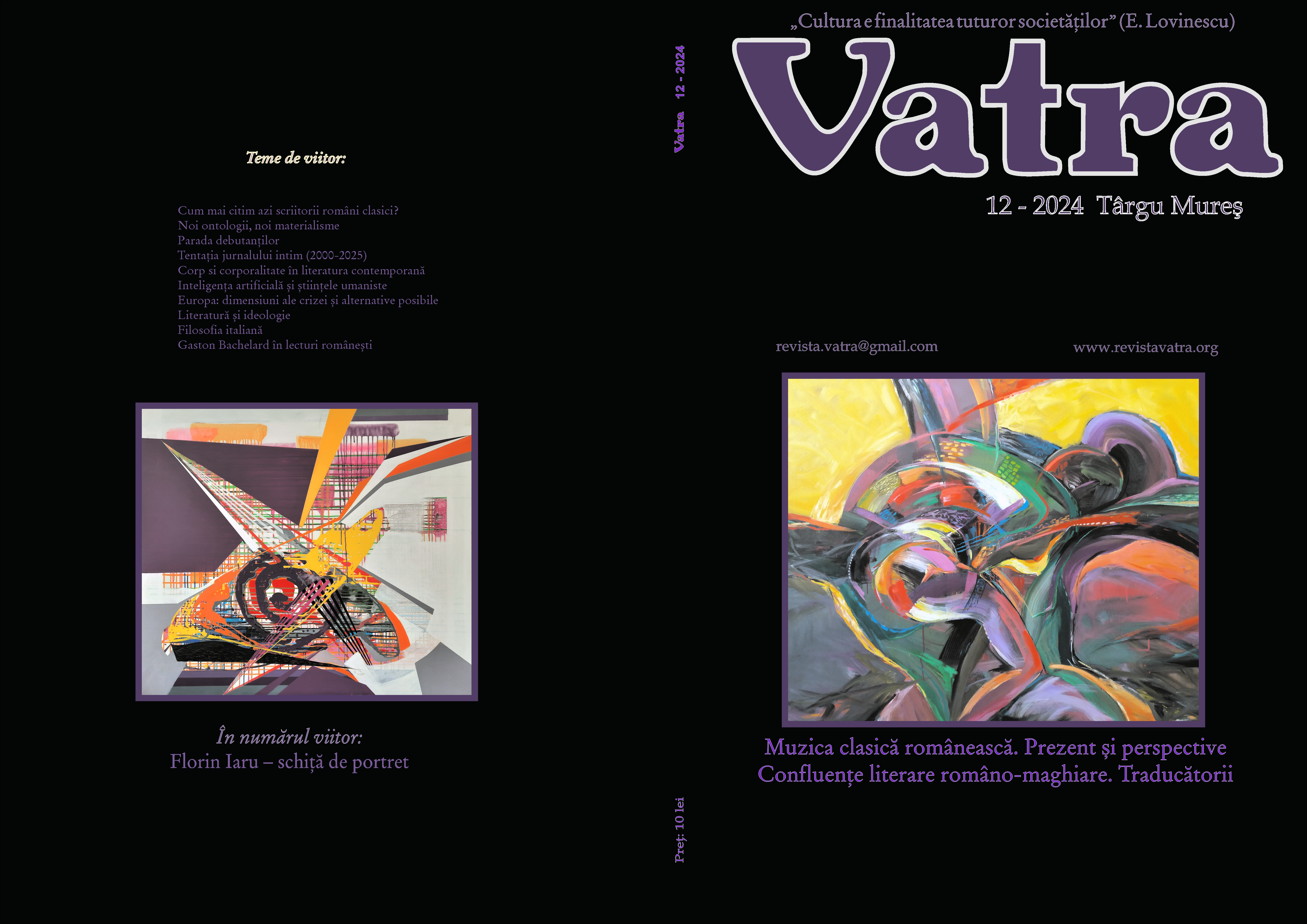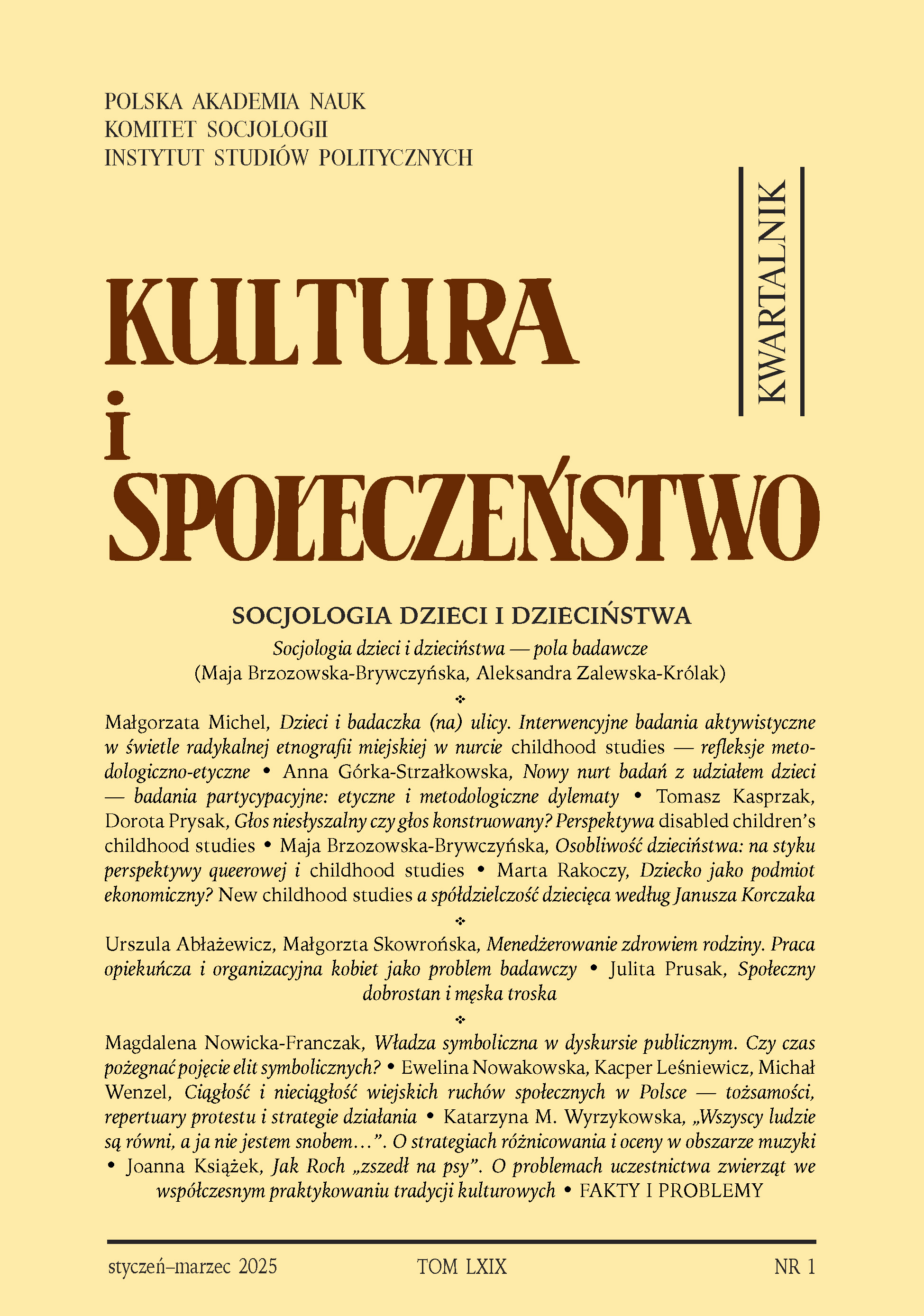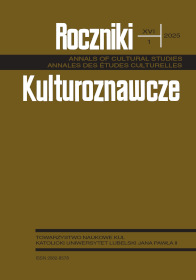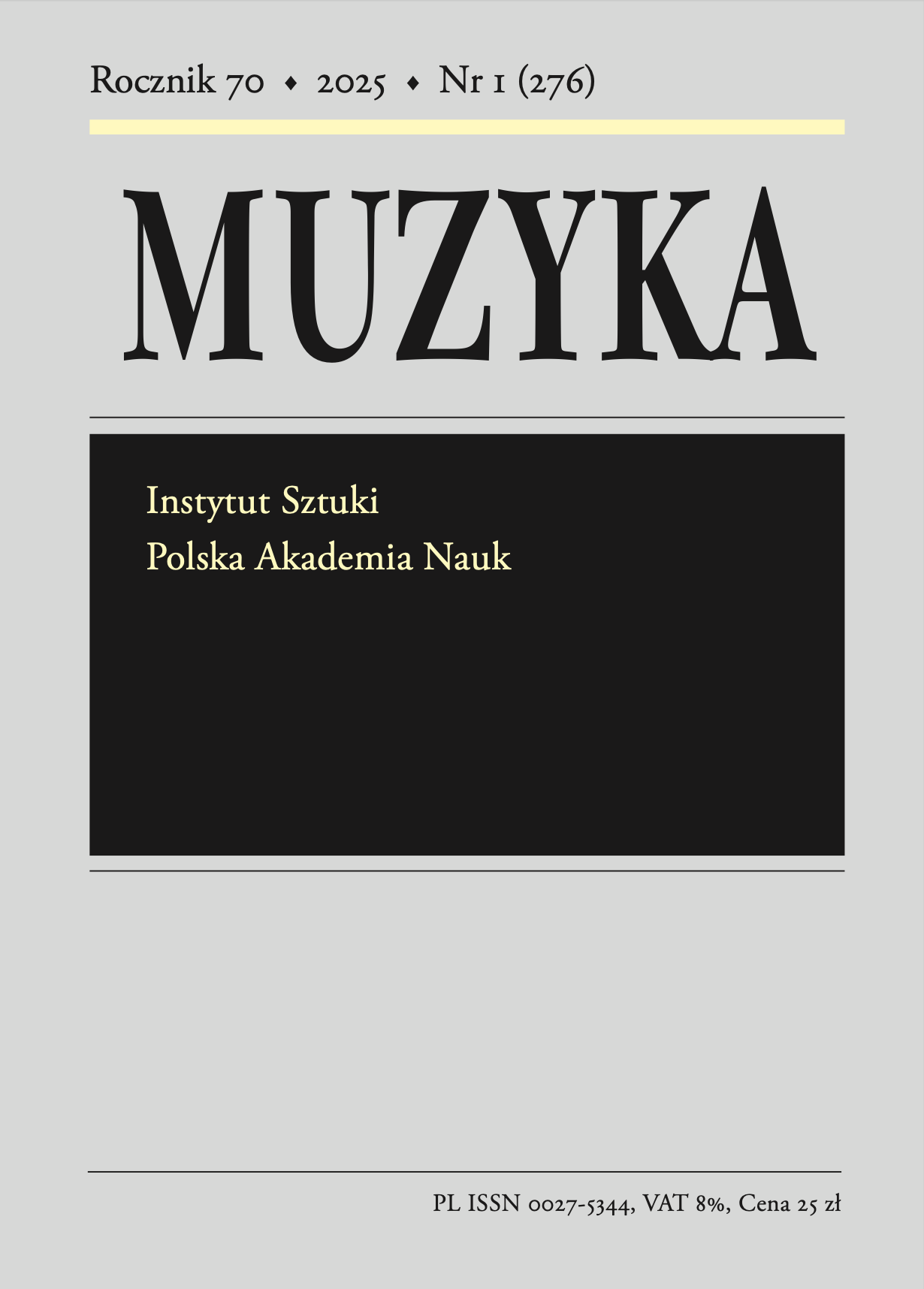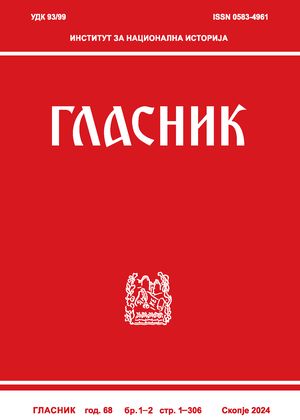Identity in Fragments. Kanno Yōko, Counter- Orientalism and Eclectic Nostalgias in Anime Soundtracks
When the anime short-movie “Magnetic Rose” (a 22 minutes long anime movie included as the first part of the trilogy “Memories”) was released in the year 1995, it shattered profoundly the Japanese public opinion due to its unexpected ideological-aesthetic correlations and in spite a very modest box-office success. Subsequently, the television anime series “Cowboy Bebop” was released in 1998 and brutally awakened both the Japanese and the Western audiences to the realities of violence, sex and lack of orientation looming with in the carefully sanitized societies of post-industrialized, late-modern nations –simultaneously with an astonishing success at box-office.This paper focuses on the disturbing music composed by Yôko Kanno (born 1964) whose anime soundtracks support the dramaturgic structure developed by the anime director Kôji Morimoto (born 1959) respectively Watanabe Shin’ichirô (born 1965) in their efforts to visually create alternative universes,firstly by bringing into foreground Giacomo Puccini’s (1858-1924) spectacular,haunting music – refreshed by Yôko Kanno’s own com-positional vision with warm sensitivity and in-depth insight, and secondly by combining in a colorful rainbow-like spectrum different styles and musical genres (ranging from US music and counter-culture of the 1940's-1960's, sounds of the era of early rock from the 1950's-1970's, Western country music and Arabian inflections). On the one hand, there is the critical examination of Yôko Kanno’s creative com positional strategies in her taking over Giacomo Puccini’s stylistic characteristics as well as her coping with Western counterpoint and harmony techniques as well as Eastern a rhythmic. On the other hand, there is a specific „sincerity“ in Yôko Kanno’s music to which both anime specialists and anime fans repeatedly referred as possibly being Yôko Kanno’s „secret tool“ on her way towards popularity and financial success. Taking these both dimensions into account, the current paper will suggest different interpretation options beyond the orientalist temptation as reflected in the employment of songs and arias alongside animated structures.
More...
